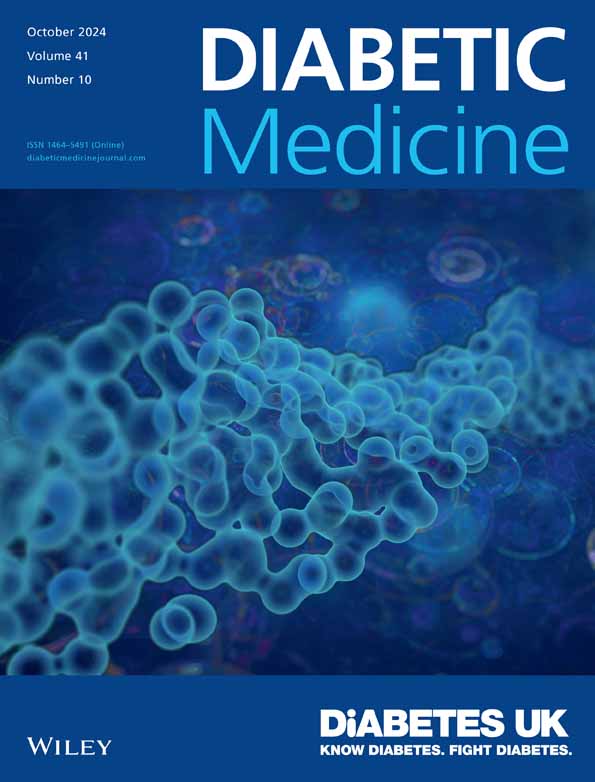Guidelines for the management of diabetes-related ketoacidosis (DKA) have been poorly adopted and implemented, resulting in a lack of improvement in outcomes
Abstract
Aims
The Joint British Diabetes Society-Inpatient (JBDS-IP) group recommends reducing fixed rate intravenous insulin infusion (FRIII) from 0.1 to 0.05 units/kg/h when blood glucose falls <14 mmol/L to reduce the risk of complications associated with acute management of diabetes-related ketoacidosis. However, whether this change results in real-world improvements is not known.
Methods
We performed a retrospective review of DKA admissions between October 2021 and March 2023 across five hospitals in the United Kingdom. We collated data on demographics, biochemical profiles, management interventions, complications, and outcomes.
Results
We identified 753 DKA admissions. There was a slow uptake of reduced-rate FRIII, reaching 49.7% over 18 months. In DKA episodes where FRIII rate reduction guidelines were adopted, there was a significant lag (median [IQR] hours) between starting 10% Dextrose and FRIII rate reduction when blood glucose became <14 mmol/L (0.5 (0.1–1.8) vs. 3.2 (0.7–6.5), p = 0.00001). There was no significant reduction in hypoglycaemia (16.5% vs. 13.8%, p = 0.344) in episodes that adopted FRIII reduction. There were no significant differences in the frequency of hypokalaemia, hyperkalaemia, DKA duration, and length of stay between episodes with FRIII rate reduction versus those without FRIII.
Conclusions
Our study demonstrates suboptimal adoption of guidelines. Therefore, it was perhaps unsurprising that no favourable effect on the rate of complications or outcomes in DKA episodes with reduced-rate FRIII was demonstrated. In DKA episodes where FRIII rate reduction was adopted, there was a significant delay in adjusting the FRIII when glucose levels were <14 mmol/L. Understanding the barriers and facilitators is vital in creating resources to safely implement guidelines.

 求助内容:
求助内容: 应助结果提醒方式:
应助结果提醒方式:


